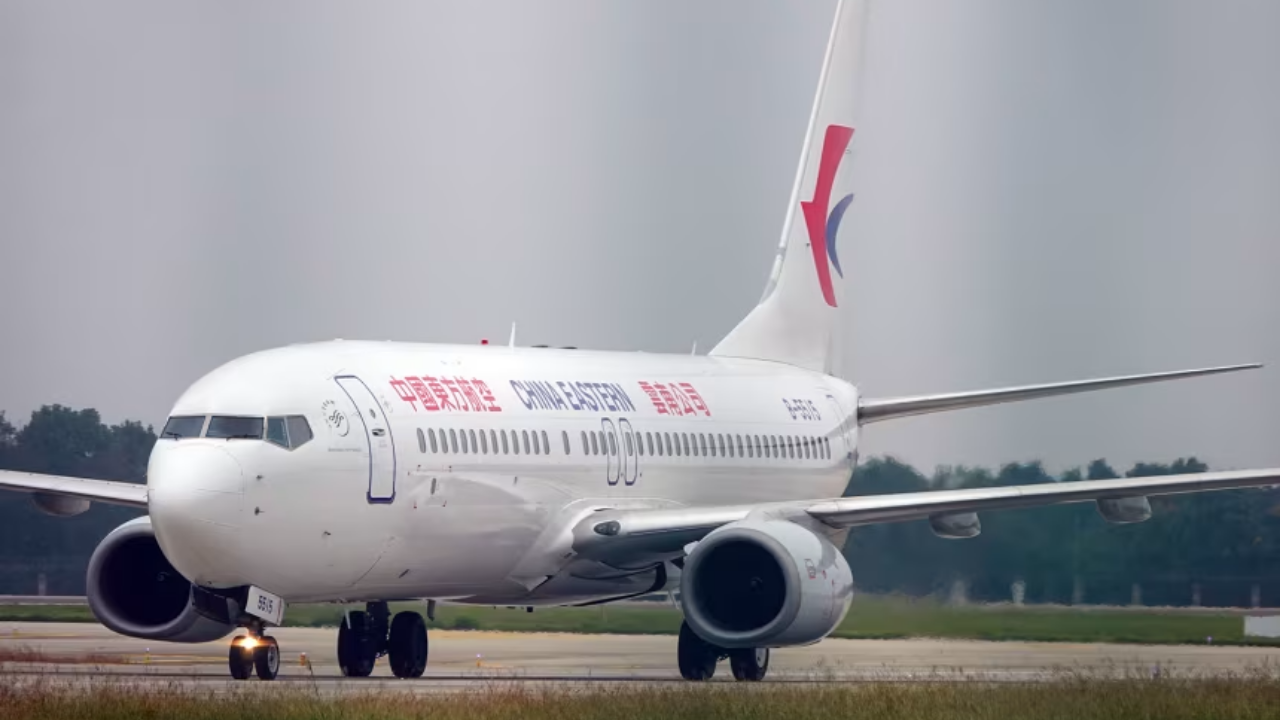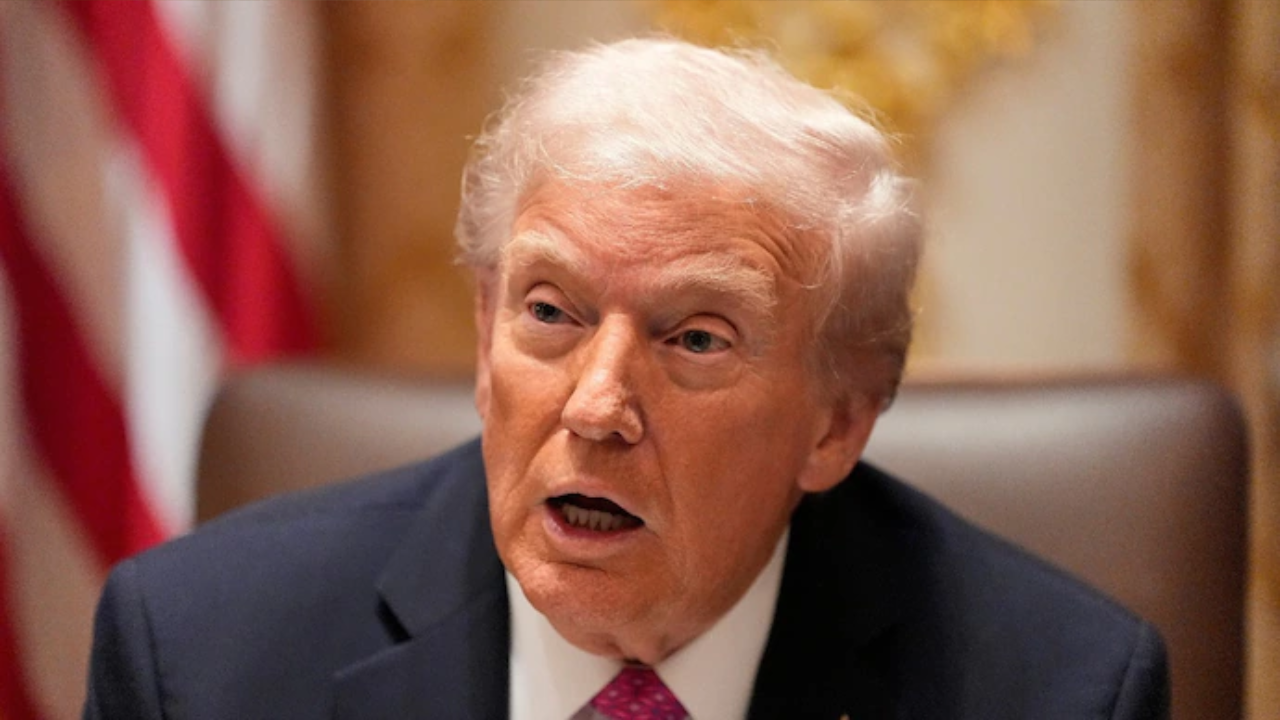In a significant move aimed at leveling the competitive playing field, the U.S. Department of Transportation (DOT) has issued a tentative order that would bar certain Chinese airlines from flying over Russian airspace on passenger flights to and from the United States.
This proposal directly addresses a long-standing grievance from U.S. air carriers like United, Delta, and American, which have been banned from Russian airspace since Russia invaded Ukraine in 2022.
The Unfair Advantage
The DOT argues that allowing Chinese carriers to continue using Russian airspace provides them with a substantial competitive advantage.
- Shorter Routes: Flights utilizing Russian airspace are significantly shorter and more direct, especially on key routes between the U.S. East Coast and China.
- Lower Costs: Shorter routes mean less flying time and lower fuel consumption, leading to reduced operational costs for Chinese airlines.
- Competitive Imbalance: U.S. airlines, forced to take longer, less economical detours (often adding two to three hours to the journey), have argued that this disparity makes non-stop services to China commercially unviable for them.
The airlines currently targeted by this tentative order include Air China, China Eastern, China Southern, Hainan Airlines, Sichuan Airlines, and Xiamen Airlines. The restrictions would apply only to passenger and combination services, while cargo-only flights would be exempt.
Reaction and Next Steps
The decision has been met with immediate reaction from both sides:
- U.S. Airlines: Trade groups like Airlines for America have praised the proposal, calling it an “important step” toward ensuring a level playing field.
- Chinese Airlines: The affected carriers have strongly opposed the ban, stating it will raise airfares, significantly increase fuel costs, extend flight times, and disrupt travel plans for thousands of passengers. China Southern, for example, estimated that the ban could affect at least 2,800 travelers during the holiday season.
The DOT gave Chinese carriers a short window to object to the tentative decision, with a final order potentially becoming effective as soon as November 2025.
What About Cathay Pacific?
While the proposed order targets mainland Chinese carriers, there is an ongoing discussion about Hong Kong-based Cathay Pacific.
- Cathay Pacific currently operates flights over Russian airspace on its New York-Hong Kong route.
- The initial DOT order did not name Cathay Pacific.
- However, United Airlines has urged the Trump administration to extend the prohibition to Cathay Pacific and other Hong Kong-based carriers, arguing that they also benefit from the same competitive advantage.
The status of Cathay Pacific remains a separate, but related, issue in this developing aviation dispute.
If you’d like to delve deeper into the specific impacts on any one of the affected airlines, or the broader geopolitical context of this move, just let me know!

















I think this is one of the most important information for me. And i am glad reading your article. But want to remark on some general things, The website style is ideal, the articles is really great : D. Good job, cheers
thanku